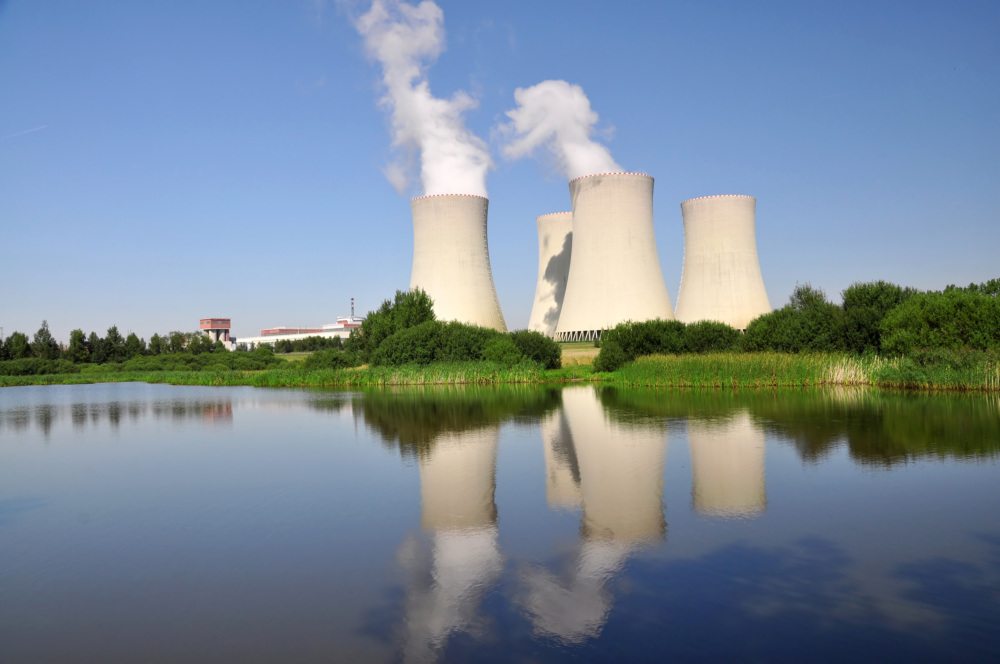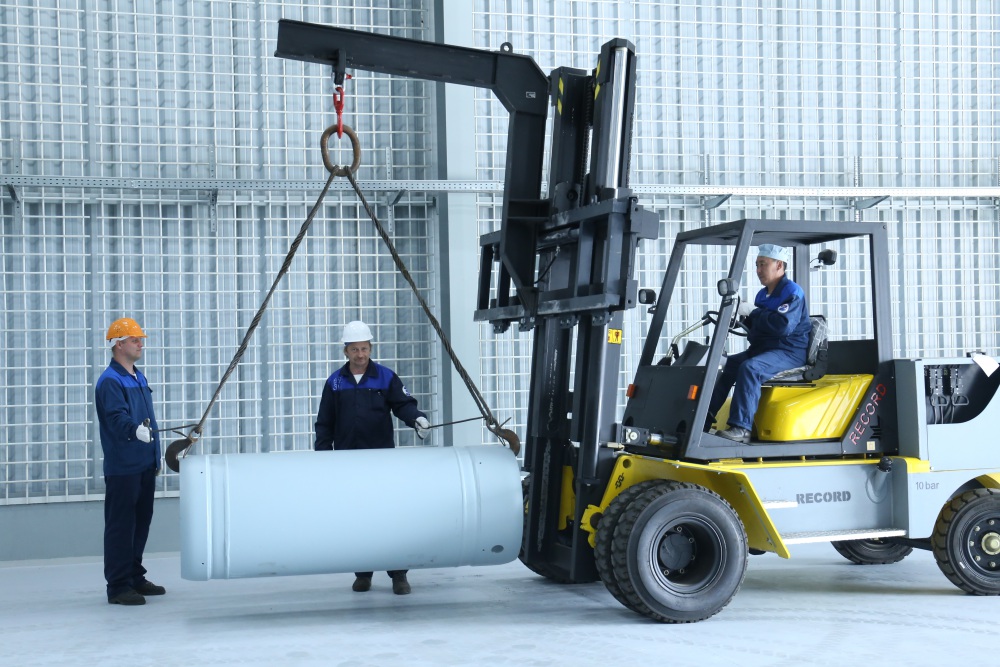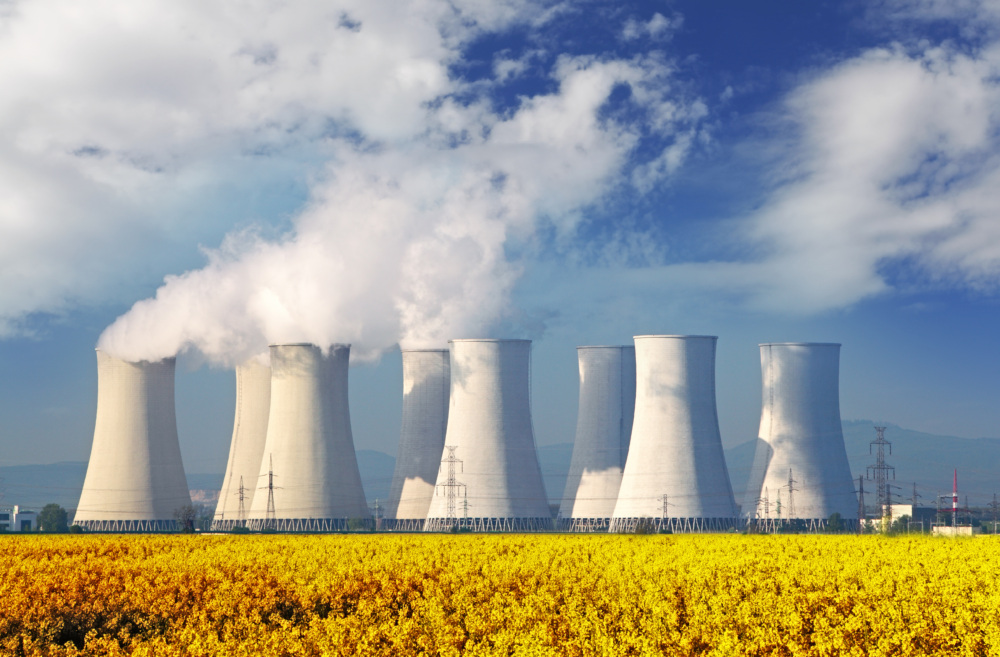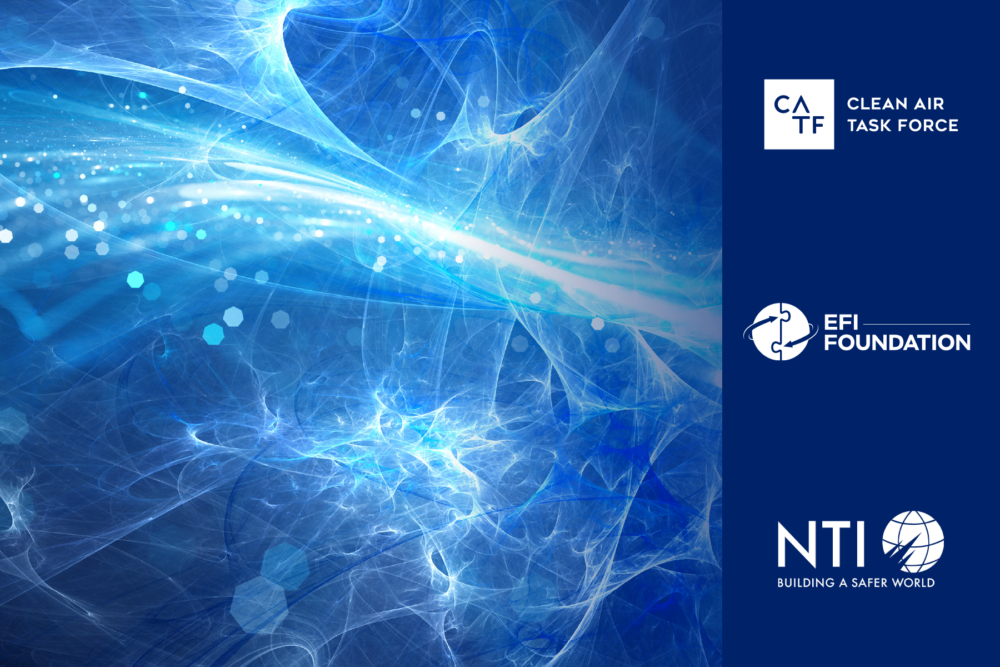To download this fact sheet as a PDF, click here.
/documents/2208/NTI_LEU_Bank_Fact_Sheet-letterhead_-_Aug1.pdf
What is the IAEA LEU Bank?
The IAEA Low-Enriched Uranium (LEU) Bank is an unprecedented international effort that will reduce nuclear
dangers and make the world safer. The Bank will establish a physical reserve of
LEU, which will be available to IAEA Member States if the international supply
is disrupted and the Member State is unable to secure low-enriched uranium from
commercial market sources or by other means.
The Bank is a facility, operated
by the United Nations’ International Atomic Energy Agency (IAEA), which stores
LEU for a nuclear power plant. LEU will be available to countries that are in
good standing according to their nonproliferation obligations but have
experienced an interruption in their acquisition of fuel on the commercial
market.
What is the purpose of the Bank?
Enrichment technology that
produces fuel for a nuclear reactor can also produce the material for a nuclear
bomb. The IAEA has said that dozens of countries have expressed interest in
pursuing nuclear energy. But if every country interested in nuclear energy also
pursues enrichment, the risk of proliferation of nuclear weapons would grow
significantly. As the technology spreads, the danger increases exponentially.
The IAEA LEU Bank gives countries–including some with unstable governments and
in volatile parts of the world–a viable option to avoid the proliferation
risks and costs of pursuing enrichment, while providing security of supply.
Does the Bank limit the rights of nations to pursue peaceful
nuclear technology?
No. All IAEA Member States have
the right to pursue peaceful nuclear energy. From the start, NTI focused on
voluntary participation and national choice, and the IAEA has preserved this in
the LEU Bank structure. The IAEA LEU Bank provides security of supply for
countries that make their own decision to rely on commercial markets for their
fuel.
What is low-enriched uranium (LEU)?
Low-enriched uranium (LEU) is
produced by increasing the levels of the isotope uranium-235 in the naturally
occurring element uranium, the core ingredient used to fabricate nuclear fuel.
Enrichment increases the number of atoms that can be split to generate the heat
necessary to create power.
How much LEU will the Bank hold?
The Bank will hold 90 metric tons
of LEU available for purchase. This will produce enough fuel to power a large
city for up to three years.
How is the Bank funded and operated?
The LEU Bank was jump-started by
the Nuclear Threat Initiative (NTI), a nongovernmental organization, which
provided initial funding for the bank, thanks to a generous $50 million
investment from American businessman and NTI advisor Warren Buffett. The vision
for the Bank was fully realized through the leadership of the IAEA, the
Government of Kazakhstan, as well as the generosity of other key donor
countries, including:
- The United States committed $49.54 million on
December 28, 2007
- Norway committed $5 million on February 27, 2008
- The United Arab Emirates (UAE) committed $10
million on August 7, 2008
- The 27 countries that made up the European Union
(EU) committed up to 24.4 million Euros (approximately $32 million) on December
8, 2008
- Kuwait committed $10 million on March 5, 2009
Owned and managed by the IAEA,
the LEU Bank will be the first international LEU bank not under the control of
an individual country.
Which countries are eligible to use the Bank?
Countries must be a Member State
of the IAEA. Their LEU supplies must have been disrupted for reasons not
related to technical or commercial considerations, and they must have a
comprehensive safeguards agreement in force and be in full compliance.
How do Member States purchase LEU from the Bank?
When Member States are unable to
obtain LEU from the commercial market due to a disruption in supply, they may
seek to purchase LEU from the Bank. The Member State must enter into a supply
agreement with the IAEA and pay the full cost to re-stock the LEU stored in the
Bank. The agreement with the IAEA must specify that the LEU can only be used to
make fuel for a power reactor, and that it cannot be used for any nuclear
weapons activities.
Once a contract is concluded with
the IAEA and payment made, the Ulba Metallurgical Plant in Kazakhstan will
prepare the LEU for shipment, following the highest international safety and
security standards. The cylinders that contain the IAEA LEU will be transferred
to a facility where the LEU can be converted into fuel.
The LEU from the IAEA LEU Bank
will be in the form of uranium hexafluoride (UF6), a form which is flexible for
conversions into fuel assemblies used in a wide variety of commercial reactor
designs.
For more information, contact:
Cathy Gwin, Nuclear Threat Initiative,
[email protected], Office: +1-202-454-7706, Mobile: +1-202-270-5942
Kyle
Moler, [email protected],
Office: +1-202-478-6173 Mobile: +1-772-321-4301




